This indoor garden in located inside of the Administration Building!
Unfortunately, it is not open to the public and is strictly for research purposes

Learn more about this building!

This facility is known as a closed greenhouse, meaning it can operate independently of outdoor conditions. Researchers here have precise control over the internal environment, enabling them to simulate a wide range of climates—whether it’s dry and cool, humid and warm, or anywhere in between. This flexibility is especially important for studying plant responses to different environmental stressors or for replicating conditions from other parts of the world.
To achieve this level of control, the greenhouse uses an Argus Titan control system—a state-of-the-art platform used widely in advanced bioscience and agricultural research. Each growth chamber can be individually programmed to maintain specific conditions for humidity, temperature, CO₂ levels, lighting, and irrigation. This allows researchers to run multiple experiments at once under vastly different simulated climates.
The Argus system also supports automated scheduling and real-time data monitoring. For example, supplemental lighting—essential during the short winter days in Calgary—can be timed to ensure optimal growth cycles year-round. With automated alerts and cloud-based access, researchers can maintain ideal growth conditions even when off-site.
These features make the closed greenhouse not just a controlled environment, but a highly dynamic research hub. Similar systems are used at institutions like Kwantlen Polytechnic University and Simon Fraser University, where they’re helping develop sustainable food production and clean water solutions for the future.



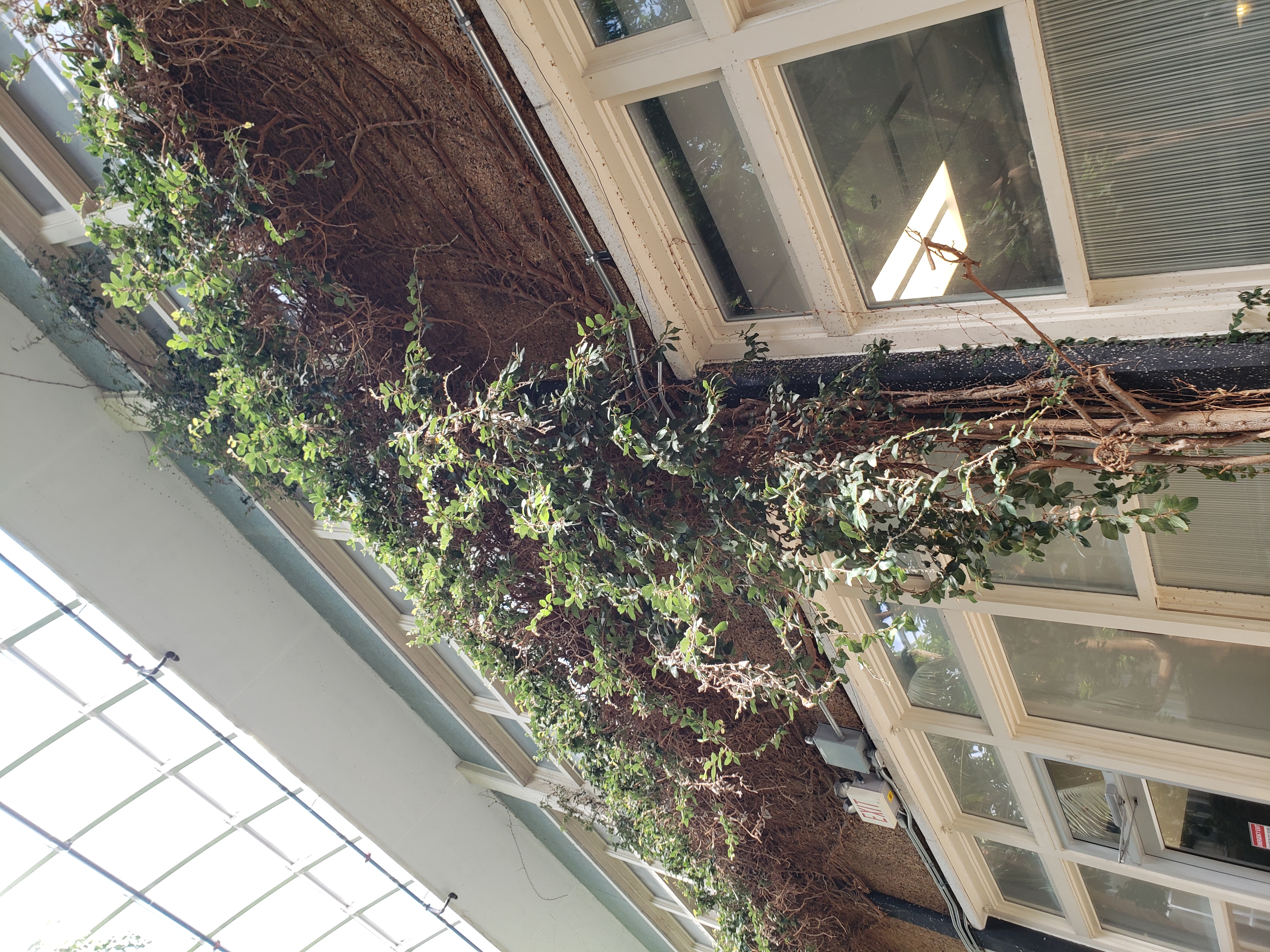
Ficus pumila is a woody evergreen liana, growing to 2.5–4 m (8 ft 2 in – 13 ft 1 in). It can grow up to 9–12 m (30–39 ft) tall if it isn't regularly pruned.[6] The juvenile foliage is much smaller and thinner than mature leaves produced as the plant ages. The leaves are oval, cordate, asymmetrical, with opposite veins. It is creeping or can behave like a liana and also climb trees, rocks, etc. up to 4 m in height or more. The aerial roots secrete a translucent latex that hardens on drying, allowing the sticks to adhere to their support https://en.wikipedia.org/wiki/Ficus_pumila
Region/Country of Origin:
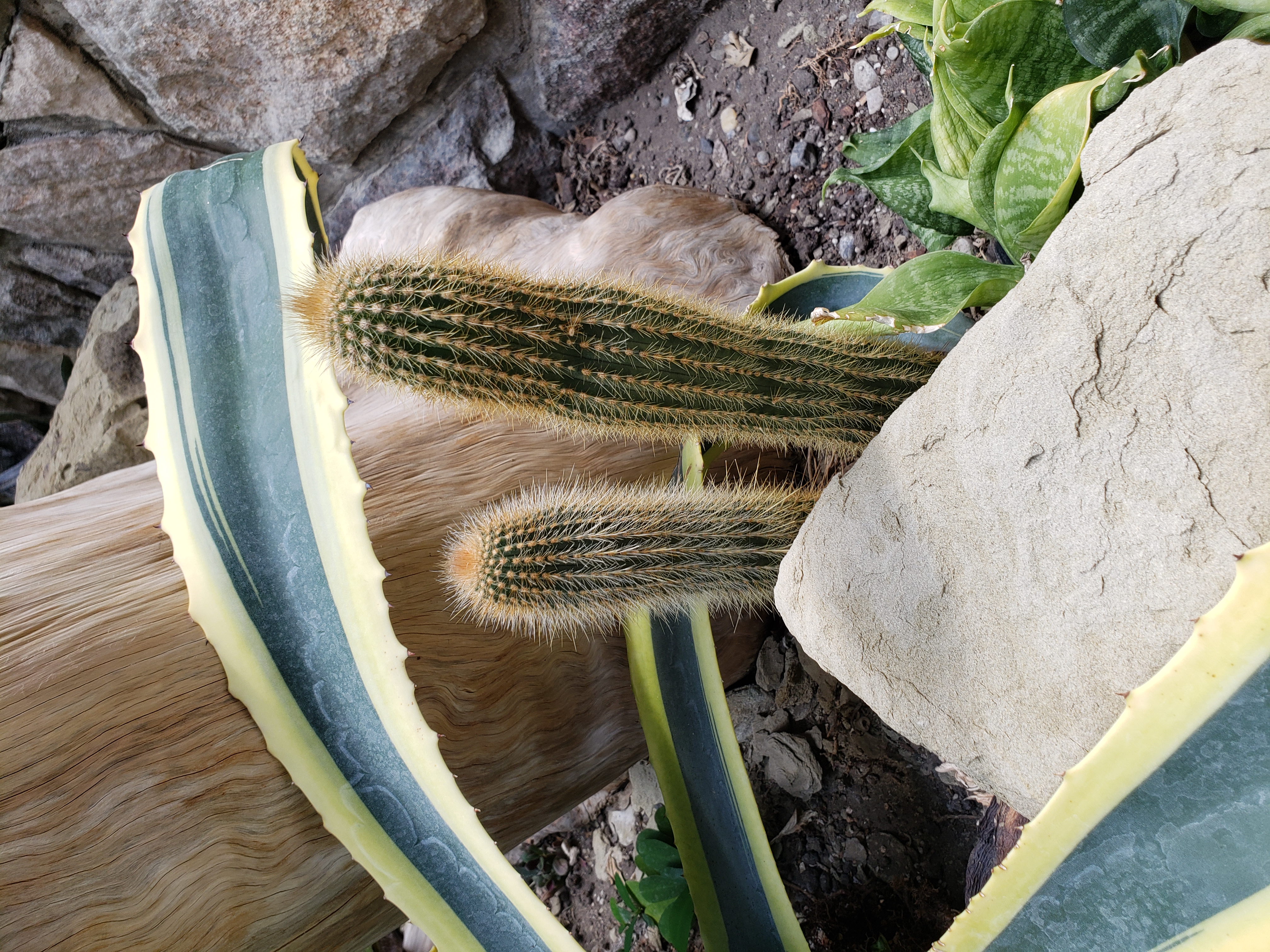
Vatricania guentheri is an evergreen, perennial columnar cactus. It can grow up to 2 m (6 ft 7 in) tall. Branching occurs from the base, with pale green stems up to 10 cm (4 in) in diameter. It has about 27 ribs. The flowers are initially borne in a cephalium (reddish brown wool) running down from the crown (top of the plant) on one side, of the branches, later in a superficial dome cephalium. It blooms during the early summer and develops yellowish whitish flowers that get up to 8 cm long and 5–3 cm (2–1 in) in diameter. The flowers are yellowish white areoles or funnel shaped flowers, with 25 spines, 5–22 mm (0–1 in) long. It has edible fruit. https://en.wikipedia.org/wiki/Vatricania
Region/Country of Origin:
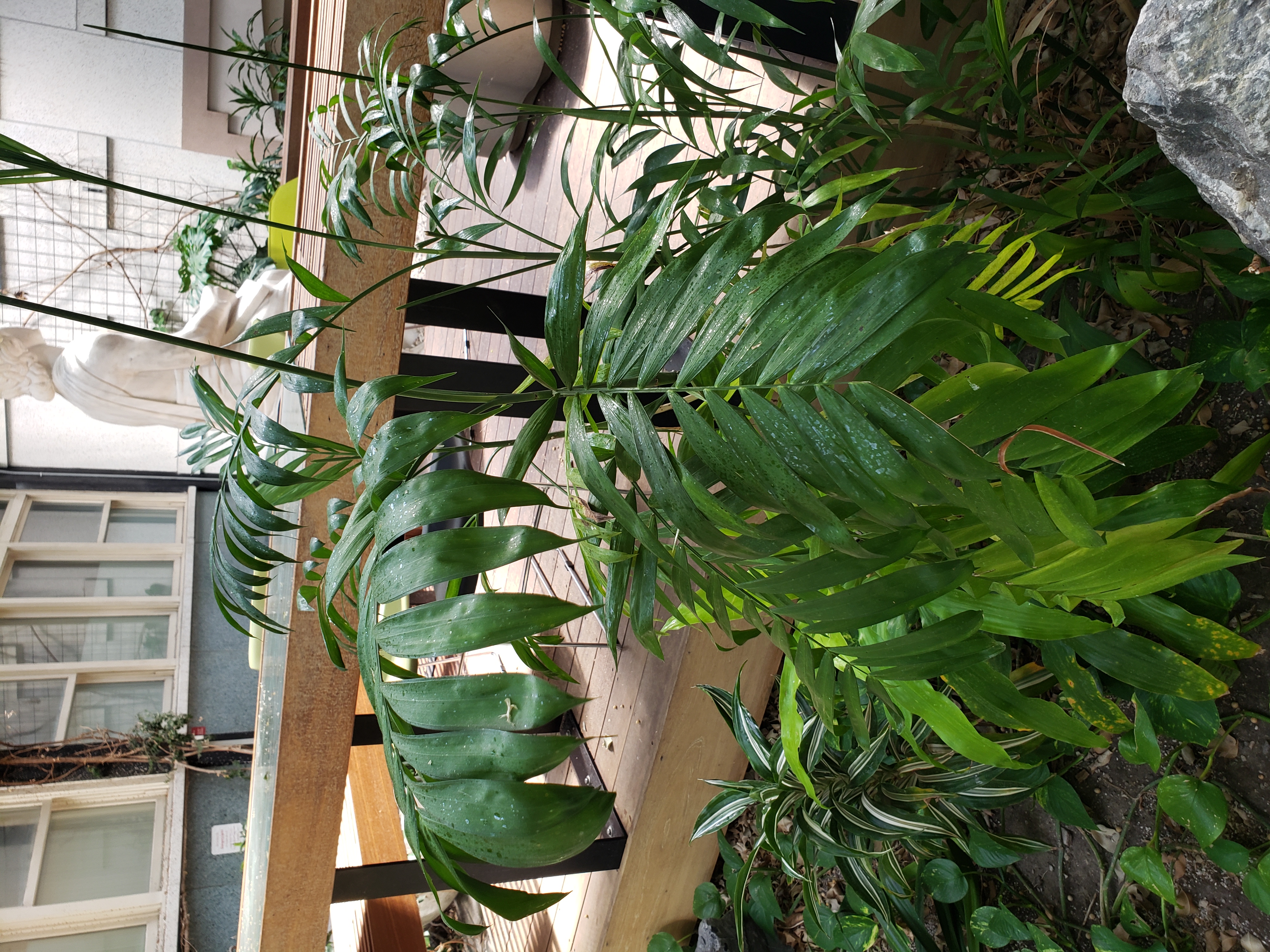
It is often cultivated in temperate regions as a houseplant and in gardens in Southeastern United States, where it grows to 2 m (6 ft 7 in) tall with very slow growth. It is most-often planted and sold in batches of 5-30 seedlings. Over time, a few emergent plants begin to dominate as the weaker/smaller seedlings are crowded out for light and eventually die, leaving within a few years of purchase a few survivors which develop stems and can live for many decades in a pot. It tolerates low levels of humidity and light, though it prefers medium to high humidity and bright indirect light. Chamaedorea elegans is intolerant of frost and must be kept indoors in winter in non-tropical climates. https://en.wikipedia.org/wiki/Chamaedorea_elegans
Region/Country of Origin:
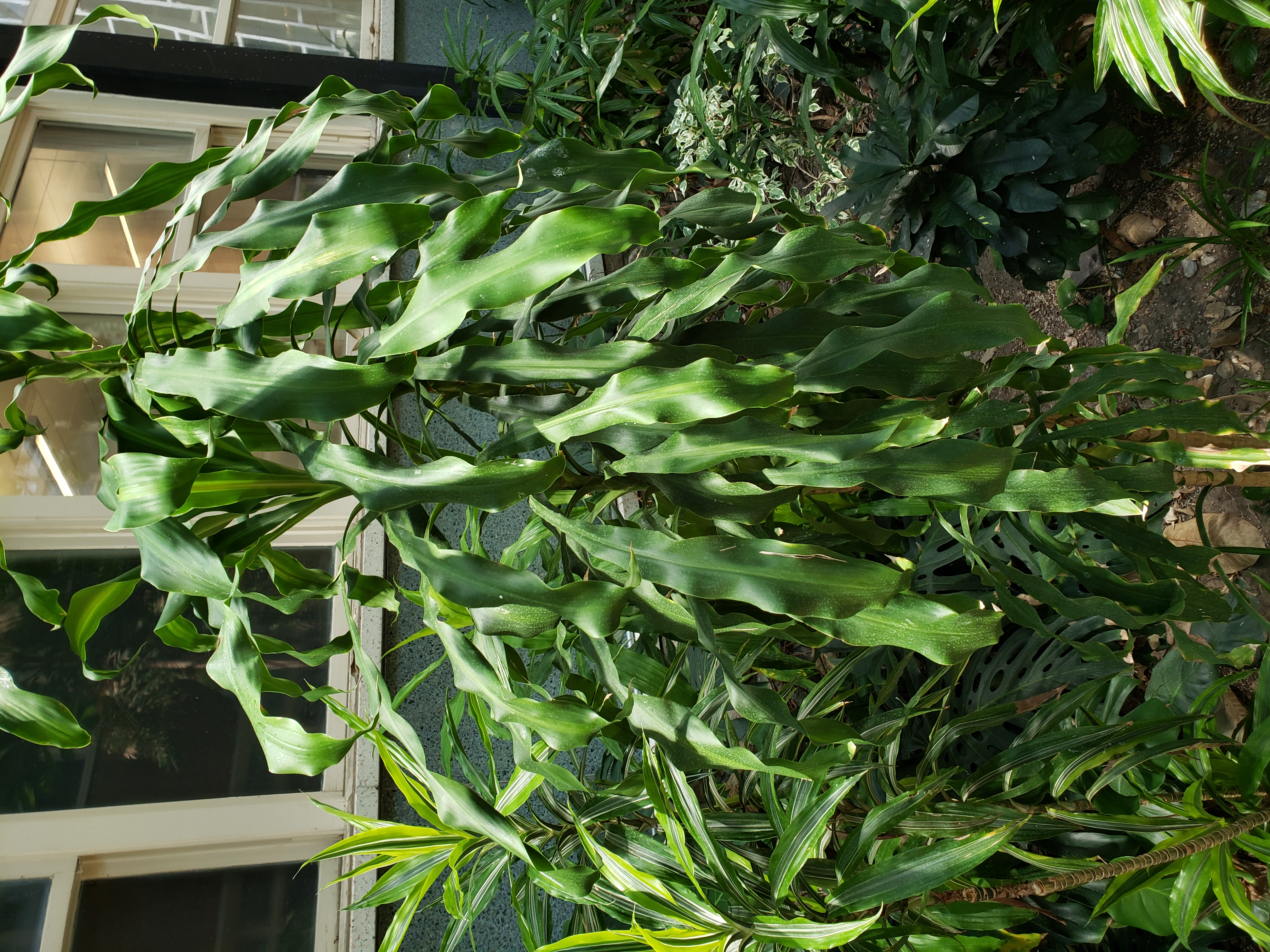
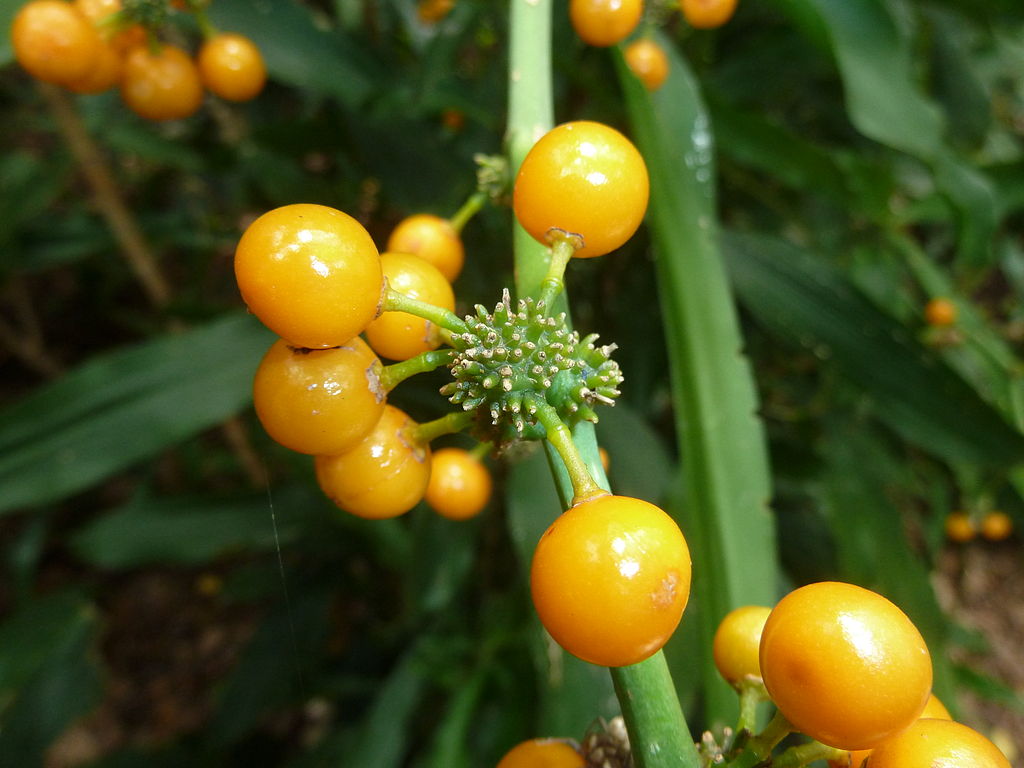
Dracaena fragrans is a slow growing shrub, usually multistemmed at the base, mature specimens reaching 15 m (49 ft) or more tall with a narrow crown of usually slender erect branches. Stems may reach up to 30 cm (12 in) diameter on old plants; in forest habitats they may become horizontal with erect side branches. Young plants have a single unbranched stem with a rosette of leaves until the growing tip flowers or is damaged, after which it branches, producing two or more new stems; thereafter, branching increases with subsequent flowering episodes.[1][3] If a stem is damaged, it will ooze red latex.[4] The leaves are glossy green, lanceolate, 20–150 cm (7.9–59.1 in) long and 2–12 cm (0.79–4.72 in) wide; small leaves are erect to spreading, and larger leaves usually drooping under their weight. The flowers are produced in panicles 15–160 cm (5.9–63.0 in) long, the individual flowers are 2.5 cm (0.98 in) diameter, with a six-lobed corolla, pink at first, opening white with a fine red or purple central line on each of the 7–12 mm (0.28–0.47 in) lobes; they are highly fragrant, and popular with pollinating insects. The fruit is an orange-red berry 1–2 cm (0.39–0.79 in) diameter, containing several seeds. https://en.wikipedia.org/wiki/Dracaena_fragrans
Region/Country of Origin: